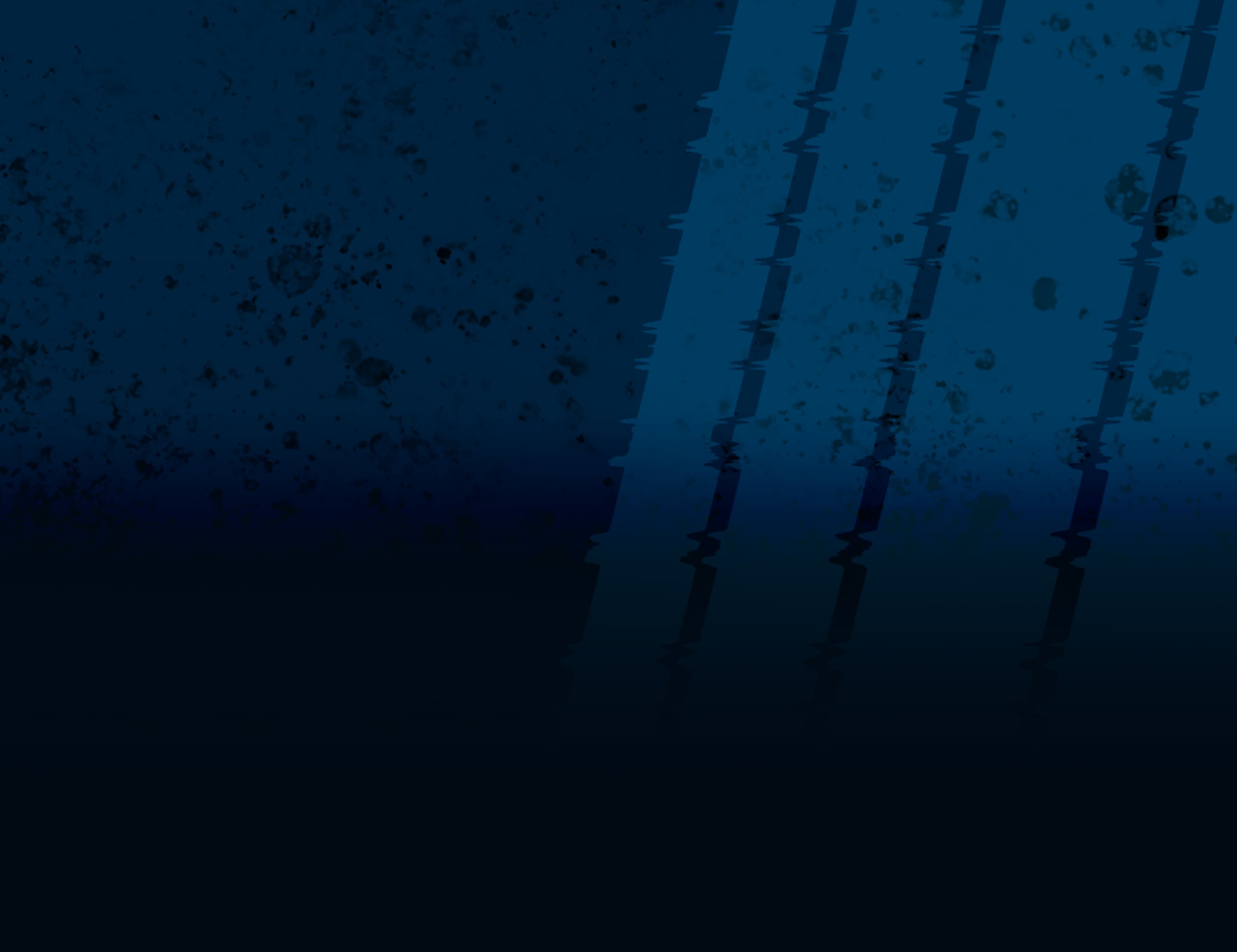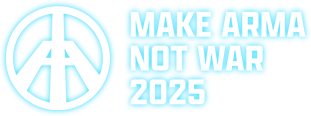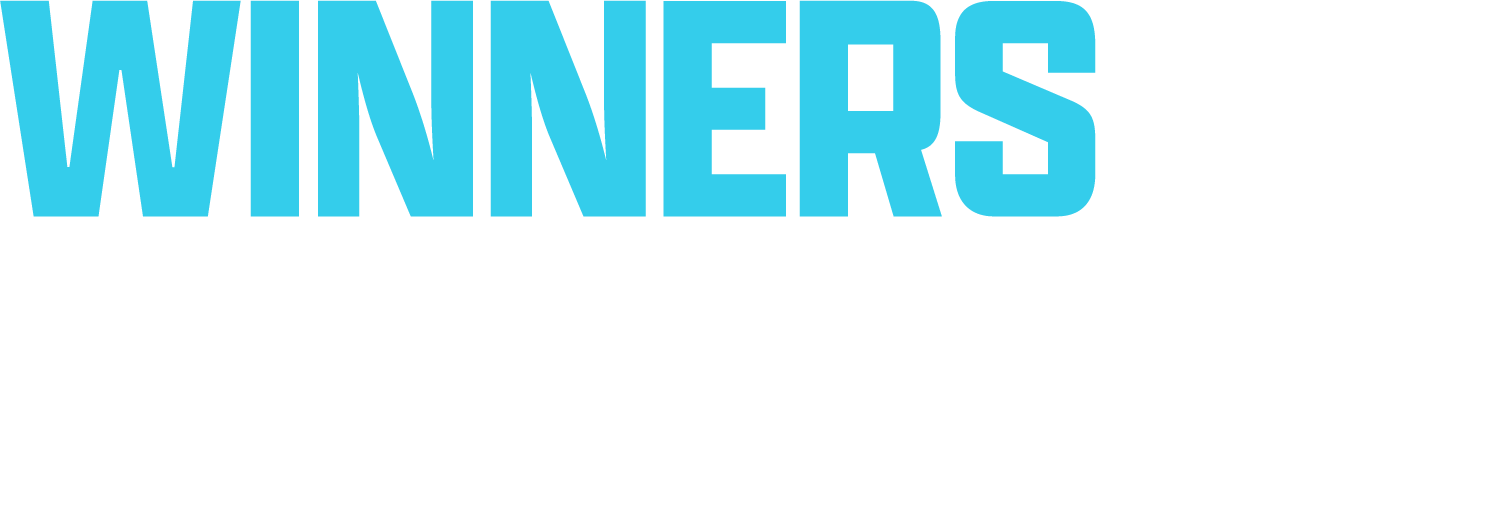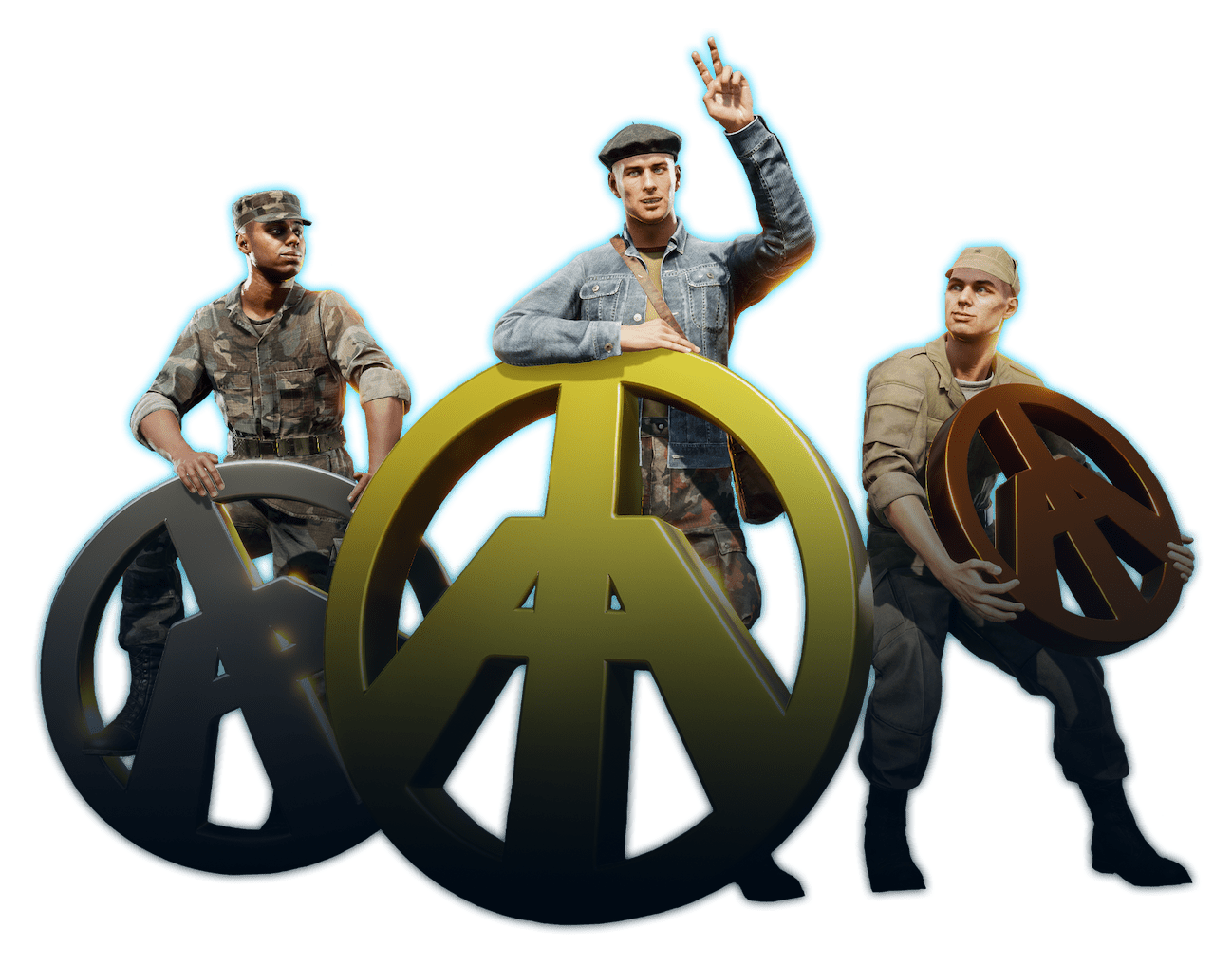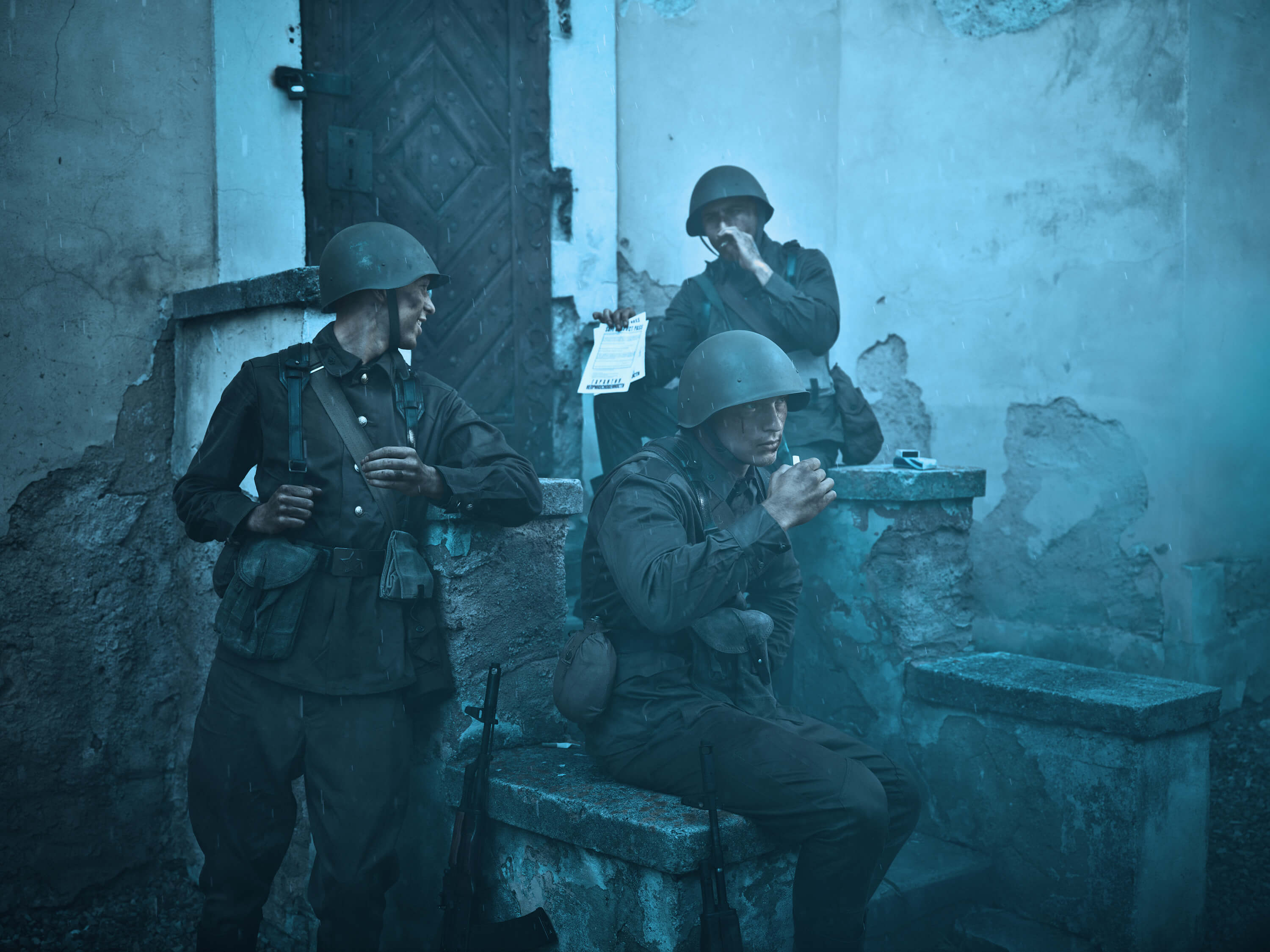Join us as we celebrate the first anniversary of Arma Reforger's release with an exciting story! Witness the creation of our artwork in a captivating mini-documentary.
Additionally, we had the privilege of interviewing the brilliant Stanislav Petera, the man behind the camera, where we delve into his past works, his visionary approach, and, of course, our artwork. Enjoy!
Two months of preparations. Two days of shooting. And one month of post-processing. Creating Arma Reforger's key art was no easy assignment. Meet photographer, Stanislav Petera (Instagram stanislavpetera), who made it happen!
Hi, Standa! Can you give us a quick introduction?
I'm Standa Petera, and I'm a professional photographer.
I started my career in fashion and advertising. I shot for big magazines, and big ads. Then, for a long time, I decided that I wasn't interested in that so much and began to do my own personal projects. I did my own thing for ten years, shooting around the world. For the last two years though, I've been working with the [Czech] military - because they have all the best toys! I started shooting tanks, fighter jets - and then you guys [Bohemia Interactive] approached me, and our collaboration started.
That leads to something I wanted to ask you, actually... how did your experience with the military impact your approach to the photography on Arma Reforger?
There were two areas of overlap. The first relates to the size of the shoot, which was really big on Arma Reforger - we did things that are pretty rare in the Czech Republic; we shut down public squares, we set off explosions, we set things on fire. Some of my personal projects did help with that but from working with the military, I learned techniques. Actually shooting a tank or a fighter jet might sound easy, until you try it. Then you discover there can be a lot of problems. For example, you can only shoot a tank while you're following behind it, and things like that. There's also authenticity to consider; you have to pay attention to tactics. To make sure that everything makes tactical sense - that it relates to real-life - because people who are familiar with military matters will see a video or image and say: 'Jeez, that would never happen'. And that's a bummer. My experiences working with the military really taught me to first, consider that tactical side, and second, to always consult with those in the know and let them have the last word. To say: 'Yeah, that's how it's done in real-life. It looks good.' Third, they taught me how to bring a big production together. I mean, for Arma Reforger, we had twenty soldiers in some scenes, with three armored personnel carriers - usually, you can't get an experience like this anywhere else but the army.
How many people were there during the shoot for Arma Reforger? And what functions did they all have? Who was needed to make it happen?
In the beginning, you've got to think it all out - plan it all out. Four of us did that, actually; me, my cameraman, and from your side [Bohemia Interactive]; Jiří Sainer [Marketing & Brand Manager], and Ivan Buchta [Creative Director]. So, we created the idea and came up with the vision. And once we said: 'Okay, let's do it', we needed someone else, a storyboarder, to help us visualize things. To make sure we were clear on what it was we were about to do before anything went into production. After that, we went through it all and said 'Alright, we want this picture and this picture'. Then we involved our three producers. So, three people who assisted with all the arrangements. One took care of the locations and equipment, one handled the American costumes, vehicles, and weapons, and another did the same, only for the Russian side. Next, you had those people responsible for our facilities; making sure the crew had access to toilets, that there was catering, and that everyone was warm enough. That we had transport to move around with - all that sort of stuff. So, by the time we started taking pictures, there were already nine of us. And once we started, this increased to thirty, as you had me, the cameraman, four assistants, two make-up artists, two costume consultants, technical assistants, the actors/models, two pyrotechnicians, and all the weapons people.
A lot of people then! So who did you need as consultants? What groups were involved?
For one, my friend, Zdeněk Charvát, with whom I collaborate regularly. Here we had an advantage, as he's a former police officer, contractor, and instructor in the army. He understands it [the military context], and he has a good overview. He knows how it should go, and he knows the people involved. Another individual we absolutely needed was someone we could consult with on the period costumes. This ended up being two people, as we had one person for the American uniforms and another for the Russian. We also required a consultant for the equipment. On top of that, we needed a gunsmith and a bomb technician. These roles were extremely important because we had real explosions and real shooting. Even with blanks. we had to ensure the action was properly supervised by a professional, otherwise, somebody could have gotten hurt. The other important thing was make-up - we had a special make-up artist who had some experience with big Hollywood movies. She did some realistic injuries, all the dirt and smudges, etc. It was much better than having someone who didn't understand such details. These people were essential.
How long did it take from getting the assignment to reaching the final, post-processed deliverables?
There were two or three meetings to begin with, where we clarified what it was we wanted, and what you wanted specifically. The production planning itself took about six weeks - to get everything together. Then came two days of shooting. Post-production took a month. There was a lot of retouching, and we had to finish some things; we cut the video, and colored it. So, I think all in all, it took about two and half months of focused work, in a big team, to get it done.
You've mentioned before that every photo shoot you do starts with a story. What was the story of Arma Reforger's photoshoot? Do you only do that for contracted work? Or do you do it for personal projects too?
I do this on all my shoots, absolutely! I can't shoot without a story. I put this together with Ivan [Creative Director]. He showed me what the game looked like, and we went on to discuss the atmosphere and what we wanted the viewer to feel - we wanted it to feel a little creepy, a little dark. We wanted to avoid explicit action and focus more on those moments before the action starts, at least in most cases. I put together how the whole operation might go. How the military units would operate. How they would do things at our locations, in that kind of battle. I considered what specific moments it made sense to capture, and which would be most interesting to see. So, we were like: 'Okay, here's the village, there are these guys attacking', and we just selected scenes from that narrative. That helped me tremendously. First of all, it gave me something to convey to the people I'm working with - such as the storyboard artist, the producers, and then especially to the models and actors. I could tell them what's happening, who they are, and what emotions they're likely to be experiencing. It also enabled me to keep it together. I knew what I wanted, where we were, and I didn't get lost in it. Because, with big projects like this, there's a real danger of getting lost. You think you're going to make something great, then it just doesn't make sense as a whole.
Yes! I can imagine having some sort of structure to hold it all together is important! You mentioned emotions - how do you translate those into photographs?
There are some tools at my disposal as a photographer. There's composition - involving things like where I'm going to shoot from, what light I'm going to use, and whether I'm up close or farther away. There are the poses I may ask the models to take - an action pose, or maybe they're slightly hunched or looking afraid. Then of course, there's also liaising directly with the actors and, in the end, when it's video, you've got the coloring and sound - but just the colors in photography, obviously. That's more or less the tools you have to play with. But I think the most important of those is composition. I can say a lot about that. And combined with the costumes and how people look, how they're made up - it all adds to the whole. But it's not one thing really, it's a collection of things.
What was the most challenging aspect of the Arma Reforger photoshoot?
There were two main challenges. The first is related to the vehicles. I knew from my experiences with the military that there can be problems in this regard. Even in the army, if thirty tanks go out, only fifteen may come back. I knew we had to be very careful because those things don't always run, don't always start, and you can't reverse them very easily. So, I was worried about that. But fortunately, it went well. However, we had to change the location of the public square at the last minute - and we needed one with a church, in a town where the mayor didn't mind us driving tanks around and doing explosions. That was difficult! As was the biggest scene in the shoot, where the explosions were set. We were lighting cars on fire and almost set a building alight. The fire department was notified but they forgot about it - so that was a problem too.
You're trying to prevent the stress that would be on set by preparing everything thoroughly. How do you do it? How do you keep level-headed and manage it?
For starters, I'm not on my own! I've learned the long, slow, and very hard way to delegate, so I don't have to hold everything in my head. I work well when I can break things down in advance. Plan things out. Solve problems before they occur - I like to know what sort of photo I want and where the risks are, so I can switch to autopilot when I'm on location. I have a written checklist for what I need to do and I just go ahead and do it, there's not always much room for creativity. The main thing is to write it down at the beginning, make sense of it, and then just go for it. I'm not particularly creative on the spot. I don't work creatively under pressure, or when I'm stressed.
Friendships are also good - without friends, it can be a struggle to bring a project together. One more important thing is the experience - without that, at a first shoot, it wouldn't work. It's taken fifteen years of smaller projects for me to reach this point. Fifteen years of training. It's a bit like Jean-Claude Van Damme in that film, Kickboxer, kicking the bamboo tree until it breaks. I'm kicking the shoot and if it's not tough, I don't grow.
You've worked on a range of big productions - including fashion - and in a lot of places around the world, like Mongolia and Tibet. How do you best utilize your time when you're abroad? And how do you manage people and equipment in unfamiliar locations, compared to the work you do locally, in the Czech Republic?
It's both easier and harder away from home. It's easier in the sense that they are my projects and if I fuck up, nothing really happens. I just burn some money. No one's standing over me.
But it's also harder because they are my projects and I'm paying for them, which means everything is done on the spot with a tight budget. They always come from some crazy idea. I'll have seen a show about Genghis Khan and then decide to travel to Mongolia and shoot Genghis Khan. That's how it starts. I'll convince some friends that I'm not a total dork and that it might be fun, and we'll go to Mongolia - we'll have storyboards and a story prepared in advance, and I'll be searching for Mongolian warriors. For me, it begins with getting a 'fixer' - someone local who can make arrangements and translates my needs with others. So, I get a fixer, tell them what's required, and then they source it. For Mongolia, that meant going around villages, looking for horses, warriors, and costumes, and somehow getting everything in place.
On the one hand, it's terribly adventurous because you never quite know what's going to happen, or if it's going to turn out well. And on the other, you're confident, because you know things have turned out well before. I lived in Asia for a long time. I've lived outside the Czech Republic for a long time. In my experience, everything works out fine - if I believe it will be.
Physically, it's very demanding. In Mongolia, we drove for a week in an old Soviet minibus across the steppes, and over many rivers, before we reached our locations. In Nepal, we went up to 4,500 meters above sea level, so we all got altitude sickness and sleep deprivation. But then, you come back and you're like: 'Dude, that was another wild ride! I'm going to take a month to recover and we're going again'.
How does it feel to see your ideas materialize and your vision made a reality?
There are two sides to it. There are places I've always wanted to visit and people that interest me. I wanted to see how monks live, high up in the mountains, in their monasteries. I wanted to see yogis. I wanted to see Chinese warriors. But when I do see them, I'm usually disappointed. At first, I'm like 'Dude, these monks wear Nike and they drink coke and they have cell phones - it's not like I've read in books. I get really sad about it. But then, I'm like: 'Okay, I want my story anyway. So I have them take the Nike off, put the cans of coke away, have the cell phones removed, and we're doing what's the 'heart and the soul' of the thing. I chew my way to that deeper level. And when I'm done, I'm glad I survived. I'm glad I didn't completely burn through my money. And usually, in hindsight, like when I see my work six months later, or a year later, I'm like: 'Dude! I shot this! That's cool. That's like really good!'. But those first stages are like depression, relief, and then afterward, there's a quiet joy that it all turned out okay. But I always see some mistakes, and then I'm like: 'Yeah, I have to go again because I missed something. I didn't get it right.'
How do you process so many sights and experiences?
I don't like people in general. It's weird, but I'm not really an extrovert. I don't like to meet people unless I have to. So for a big shoot, it's cool, it's interesting and it's a challenge. I always need time to heal afterward, though. It's a great event, the universe comes together. But then once I'm home for a week or two, after a shoot like the one we did for Arma Reforger, I'm staring at the wall and I'm like: 'Dude - good, you survived. It was awesome. And then I'm kind of growing up. My organs are growing up in different ways and stuff.
The other part of it all is experience. I always make a horrible number of mistakes. There are just always things going on that could be improved upon next time. That's what interests me about it. Rationally, I'll think 'Aha!' This could work. This could work'. I'll make a few tweaks and gradually what I'm working on gets honed into a cleaner form. I believe it's a never-ending process - party because the shoots keep getting bigger. So I'm going to keep honing my skills, hopefully until I die.
Of course, we can only ever get close to an ideal - we'll never reach it...
Well, I rather feel that once you reach perfection, it's not fun anymore. It's not going to be a challenge, you know? Then you're going to have to do something else. Like diving, or being a pilot or something.
Yes, if you reach perfection, it might indeed mean you're not challenged anymore. When you're active on a set, is there a moment when everything comes to life? I mean, your vision? Your story?
We always go from big to small. For the Arma Reforger shoot, we focused on the biggest things first. The vehicles, the equipment. Then we put people in. They just stand there, do nothing at first, until we light them up. I start talking to them about their feelings - what emotions they're meant to be experiencing and what they're supposed to be doing. And once it begins to click, and individuals in their poses have some emotions, then we throw in some fog - and that's when the magic happens, when it begins to work. Before that, it's rather dry. Just technical posing. Compositions, lighting. But once the fog and the feelings are there, then so is the story and all the emotions flow from that.
Is there anything you wouldn't want to explore in your work? And conversely, anything that you very much like to do in the future?
I've not really thought much about what I don't want to do - because what I don't want to do, I just don't do. I won't do projects like that.
There are two things I'd be very interested in doing in the future: one relates to religion and mysticism. Holy men, of different faiths. I've always wanted to get to know them. I even lived for a great deal of time in a cave in India. I'm eager to meet people like that from all over the world, with various beliefs, to see if there's any crossover. My ambitious plan is to create a kind of encyclopedia of mysticism and to spend a couple of years traveling around monasteries, living alongside the people there, finding out what they do, how they do it, and why they do it - to find out whether they're real or not. And then photograph these stories.
The other thing - and I'm doing it right now - is Czech history. I've always been a 'lefty' about it. I hated it at school. The books and all that shit bothered me a lot. But I'm interested in knowing how things were. Our story. What people were like, what they did. So, that's what I'm doing right now. It's awfully big. It covers the mammoth hunters to the '89 revolution - it's a giant project.
What does post-production entail and what exactly does working with the viewer's attention mean during retouching?
Retouching is the last stage of the whole process. It's where you can fix mistakes - or things that couldn't be easily added or removed during the shoot. For Arma Reforger, that meant removing anything too modern, such as signs, pavements, and curbs - we had to work around these things. From there, we added a layer to the cleaned-up photo, emphasizing our wartime setting; we put craters in the asphalt, bullet holes in the walls, that sort of thing. Once we did this 'technical retouching'. we did the 'advertising retouching'. That involved working with the viewer's attention. Basically, it's about how quickly we respond to the different layerings of information. When I see a photo or a painting or a scene from a game, the first thing I perceive is the color. I see this before I see the content. It gives me some context. It tells me what time of day it is, what the weather's doing. Then, we perceive those areas where there's the most contrast. Humans are good at perceiving silhouettes because we once had to spot silhouettes in forests and savannahs, and it was useful to be able to distinguish the figure of a friend from that of a tiger, coming to eat you. Next, we respond to areas where there's more information and structure. So, where there's more structure and detail, that's where your attention's directed. And that's what we use - we use color to give the time of day, context, and mood, and for places that are important and where I want the viewer to look, we add contrast. Darkness, for example, can accentuate lighter components. Plus, we add detail there so that the main parts, like faces and other important elements, have depth. But for the rest, we suppress it, so you don't notice it immediately. The last trick we use is to add some plasticity, alongside particle effects - to communicate movement, or rain, or something like that.
Thank you for your answers, Standa! We can't wait to see what you'll get up to next!
